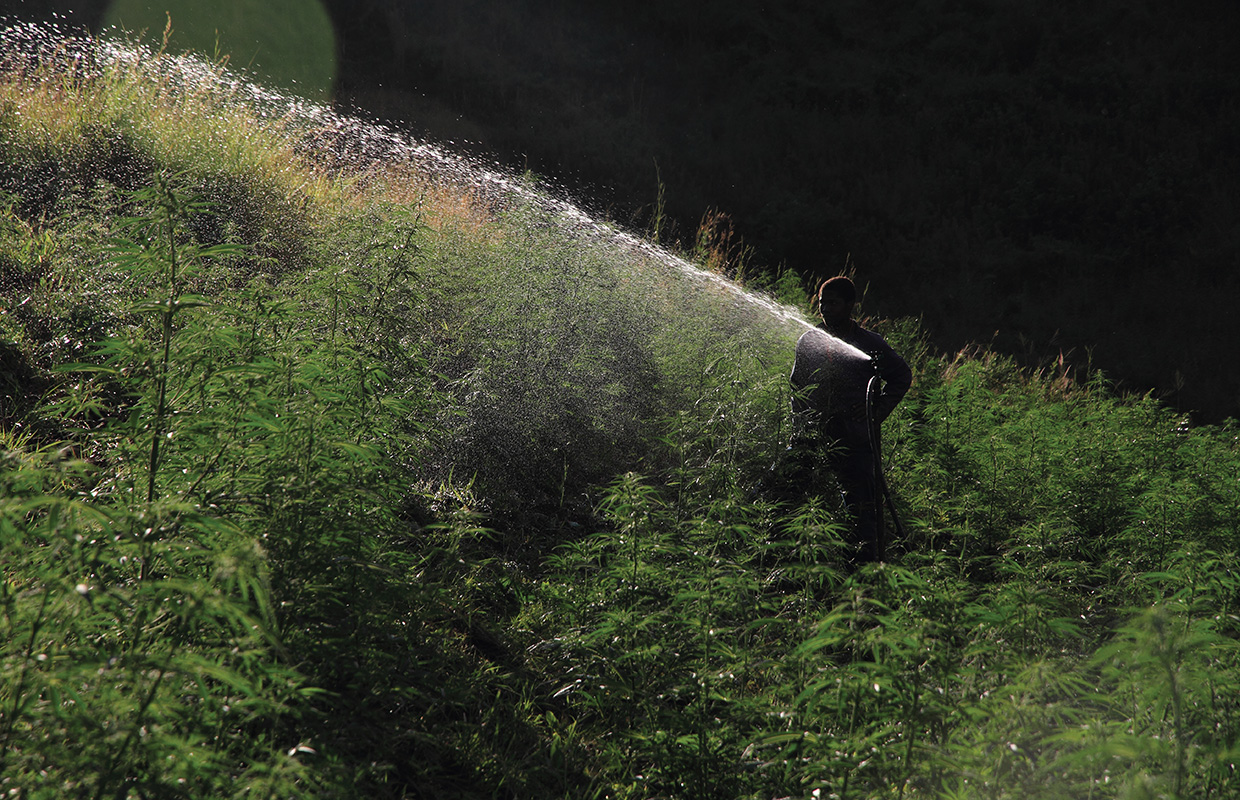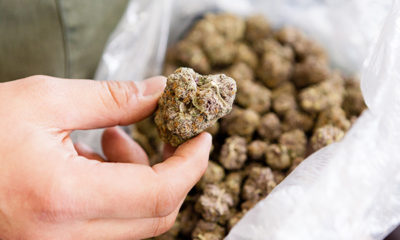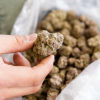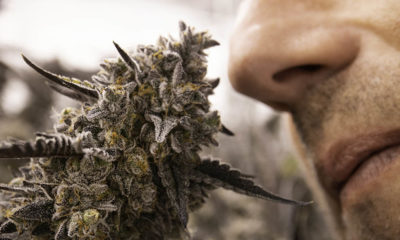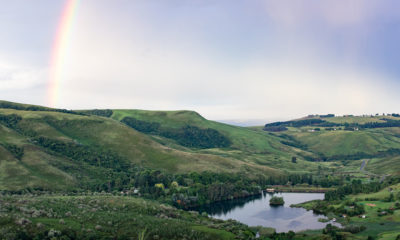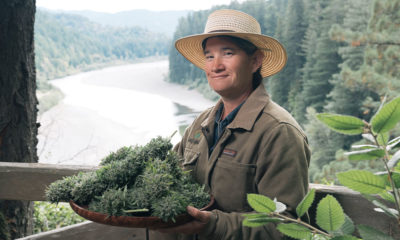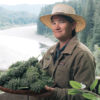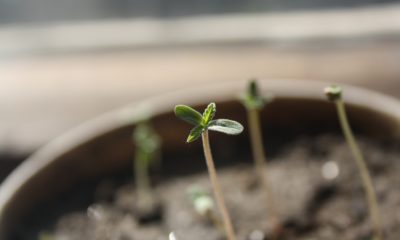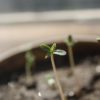Chasing Cannabis in South Africa
South Africa gave the world the excellent sativa Durban Poison so why is U.S.-driven marijuana eradication contributing to the poisoning of South Africans?
As protesters run from police across the main street of a township outside Johannesburg, dodging rubber bullets and launching rocks, I slip into the side garden of a small brick house.
In the shadow of the house, I find the local friends I made earlier that morning as I reported on the protest for a local newspaper. These two young Zulu-speaking men tell me that they want to relax and wait for the protest to cool down, and so one of them pulls out a bag of South Africa’s finest cannabis. Well, not entirely the finest, they tell me, something “chilled” to take the edge off a stressful morning.
The township is called Orange Farm, and the residents are protesting because they lack access to electricity, sanitation, proper homes, jobs and paved roads. But while they might not have the necessities they were promised after apartheid ended over two decades ago, they do have marijuana.
In the shade of a jacaranda tree on a dusty orange dirt road, a man named Siyabonga breaks up the sungrown herb and rolls a small joint. He passes it around with a liter glass bottle of soda. If the police were to approach the men smoking in a public square, they could technically be fined and spend a few years in jail if they are suspected of dealing. Siyabonga isn’t worried, because he says the police are usually preoccupied with crystal meth and cocaine. Plus, he says, “We can always bribe the police here.”
Still, within this criminality of marijuana lies a central paradox in South African cannabis culture. South Africa has one of the world’s most progressive constitutions. Citizens are guaranteed the inherent rights to “human dignity, equality and freedom.” Discrimination on the grounds of race, gender, sex, class, religious belief, sexual orientation, language, conscience, birth, origin and even pregnancy status is illegal.
But despite these liberal ideals, the growth, consumption and distribution of cannabis in South Africa remains heavily policed. Out in the rural grow fields of the Eastern Cape along the Indian Ocean, police helicopters arrive at harvest time and spray chemicals onto the cannabis plants and farmers.
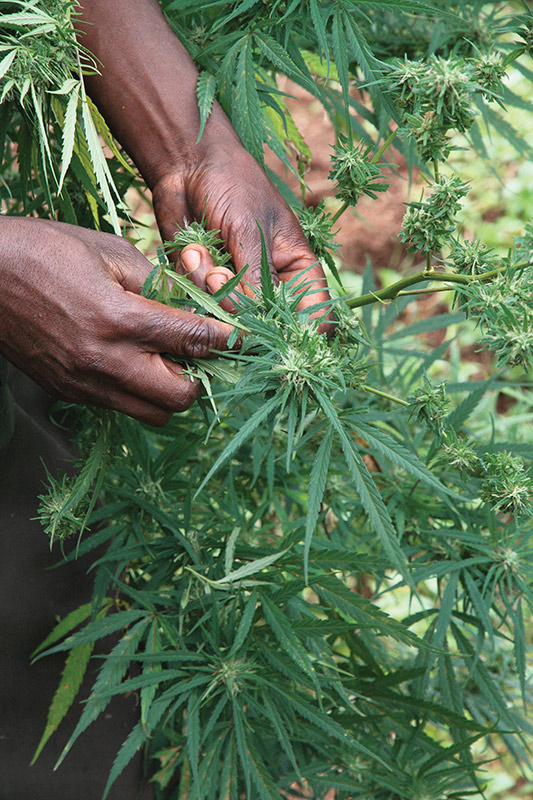
At the annual spring hip-hop festival in central Johannesburg, security guards lined the premises, and the only smoke wafting in the air was from cigarettes. When about 2,000 people gathered to celebrate 420 in ‘Jo’burg this year, police arrested and roughed up the smokers they could catch.
“There is no legal [cannabis] industry in South Africa, so all activities of cultivation, transport and dealing are fraught with risk and stress, and many hundreds of kilograms of cannabis are lost to the prohibitionists annually,” says Jeremy Acton, the founder and leader of South Africa’s Dagga Party.
The Dagga Party is dedicated to the national legalization of “dagga,” the local term for marijuana. The Dagga Party, or Iqela Lentsango, is not officially registered, but operates as a social movement with thousands of supporters.
“Cannabis is an herb well-loved by a major proportion of society, from the poorest and least educated, up through the income levels to members of the economic elite,” says Acton. “Public opinion polls in South Africa put those who want to see it legalized at 55 percent of respondents, and another 25 percent say it should be legal for medical purposes only.”
Acton is white man in a country where race and marijuana prohibition interact much in the same way that they do in the United States. In South Africa, the white supremacist governments during the colonial and apartheid eras used cannabis prohibition to control their populations of color.
Acton says that the liberation party, the party of Nelson Mandela, committed an act of treason when they assumed power in 1994 and failed to decriminalize cannabis.
“Unfortunately, the struggle movement’s ‘leaders’ actually sold out to the global elite economic forces behind the prohibition, which still control our country today,” says Acton.
In 2004, the United States donated a helicopter and three aerial spraying devices to South Africa, as they said it was in their interest to assist in “fighting the drug trade.” The United Nations Office on Drugs and Crime has labeled South Africa as a “major cannabis producing country,” and the South African Police Service (SAPS) seizes about 40 percent of all the marijuana captured on the African continent, according to a 2007 UN report.
SAPS uses the U.S.-donated helicopter and three aerial spraying devices to spray chemicals – similar to the use of the herbicide paraquat that the U.S. government sprayed on marijuana crops in the 1980s – on the dagga crops growing in the verdant mountains outside Durban. Here, the police take the strain name Durban Poison to its literal and toxic conclusion, spraying the plants with a chemical that the World Health Organization has labeled a “probable carcinogen.”
One campaign, called Stop Spraying the Umzimvubu Region with Harmful Chemicals, is using the country’s court system to try and stop the police from destroying the health and livelihood of people farming dagga outside Durban.
“We wrote to SAPS asking them to stop spraying carcinogens. They replied and said no, so we’re writing again with more evidence,” says Helen Whitehead, who works for Stop Spraying.
Whitehead says that the people she’s spoken to from the community have reported that the police helicopters do not spray only the marijuana plants.
“The testimony that we’ve heard is that the community members themselves have been directly sprayed,” says Whitehead. “It’s them, it’s their children, it’s their water source, it’s their homes.”

Every time the police helicopters come, Whitehead says the women report that their children fall ill.
Thankfully, this year the SAPS helicopters did not spray the crops, which Whitehead says is potentially because of the Stop Spraying campaign efforts. The farmers were able to safely harvest their crop, some of which might make its way into markets as the infamous and elusive sativa known as Durban Poison.
As an original landrace strain, Durban Poison is historic and rare, and the market in South Africa is clogged with imitators. Even in the strain’s home country, it’s not easy to locate the authentic bud, with its signature sweet and citrusy smell, long orange hairs and energetic high. My friends in Orange Farm say that they usually smoke strains that are cheaper and more easily accessible.
In a way, the elusiveness of true Durban Poison is symbolic of the modern marijuana struggle in South Africa. The country remains a major player in the global cannabis industry, producing a top strain and a significant portion of the continent’s stash, with the potential to become the liberal haven that the constitution idealizes. And yet legalization remains just out of reach, obscured behind a chemical cloud beneath the thumb of prohibitionist global superpowers.
“Life is difficult for all people of the plant,” says Acton.
But in the sun of Orange Farm, it almost doesn’t seem to matter. Despite the challenges, cannabis works as a uniting rather than dividing force in South Africa.
“People who would not ordinarily mix in society make contact through their quest for, and use of, the herb,” says Acton. “Cannabis is the one experience that unites citizens of different backgrounds.”
Published in issue 21 of Cannabis Now. LEARN MORE.



